In addition to his ground-breaking research, Nobel Laureate Steven Weinberg is known for a series of highly praised texts on various aspects of physics, combining exceptional physical insight with his gift for clear exposition. Describing the foundations of modern physics in their historical context and with some new derivations, Weinberg introduces topics ranging from early applications of atomic theory through thermodynamics, statistical mechanics, transport theory, special relativity, quantum mechanics, nuclear physics, and quantum field theory. This volume provides the basis for advanced undergraduate and graduate physics courses as well as being a handy introduction to aspects of modern physics for working scientists.
Back to top
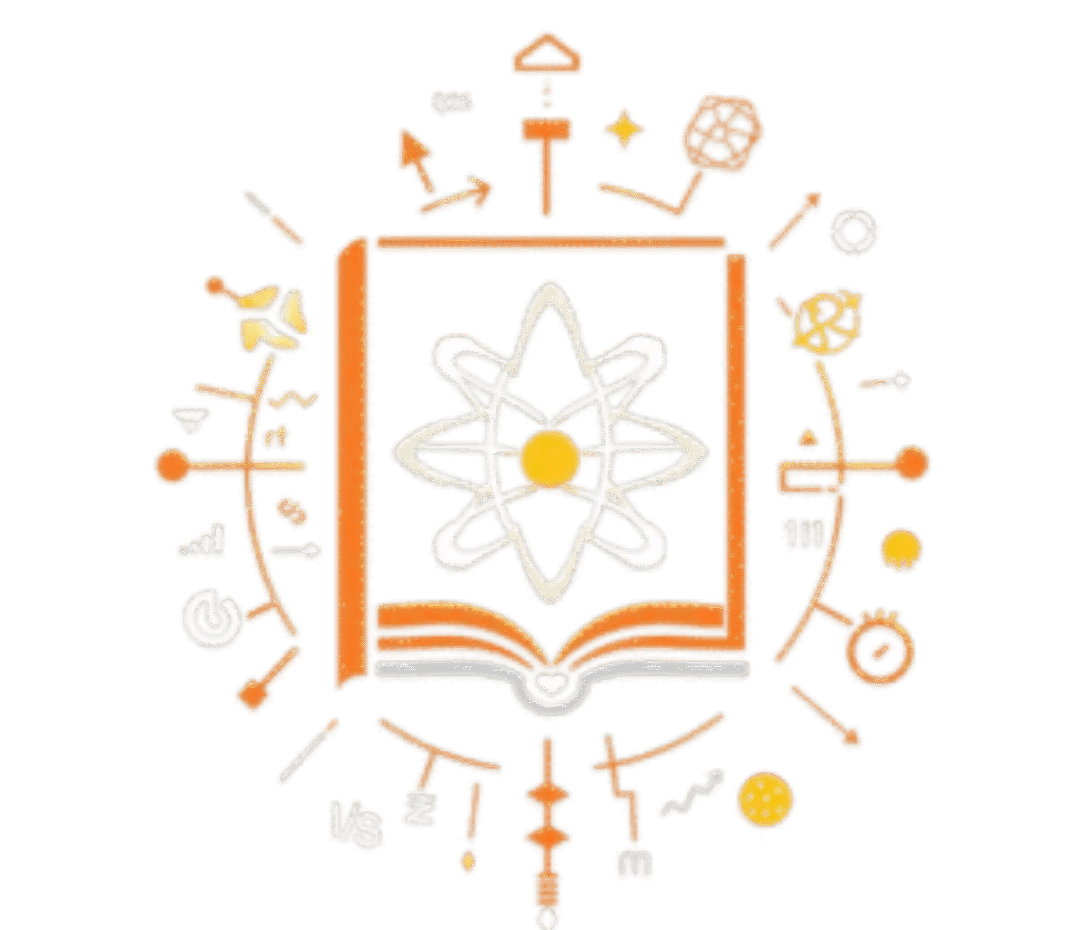






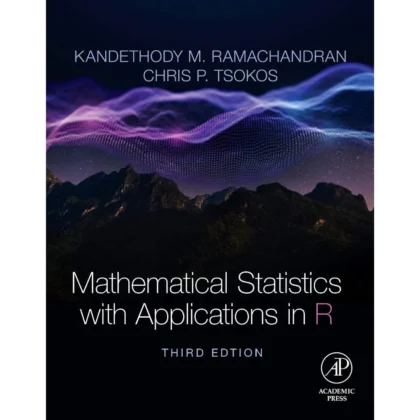

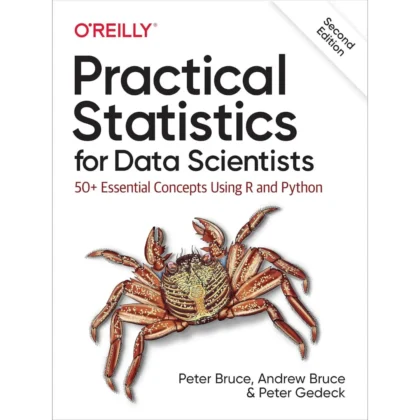
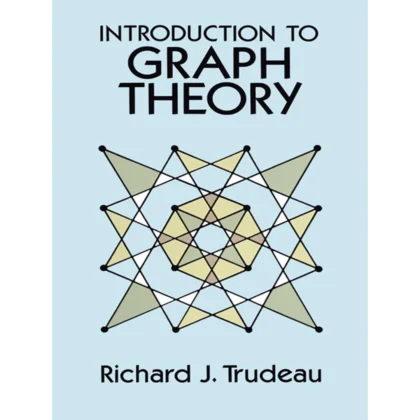
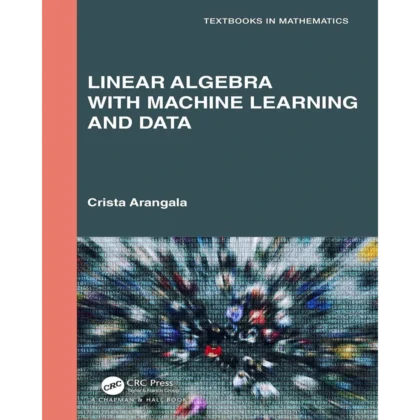

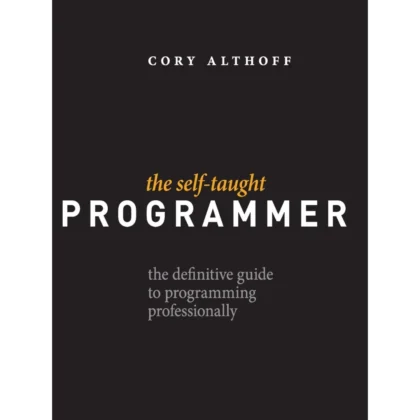


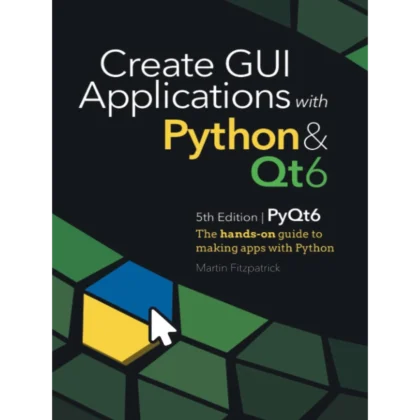








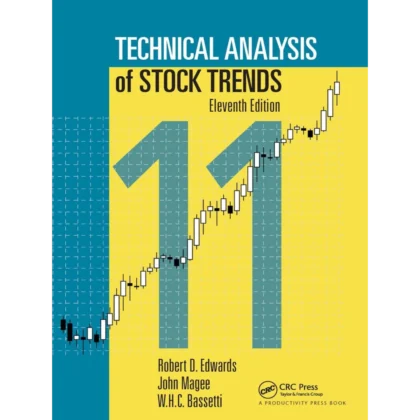
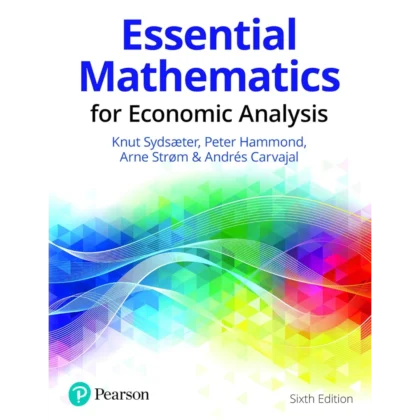
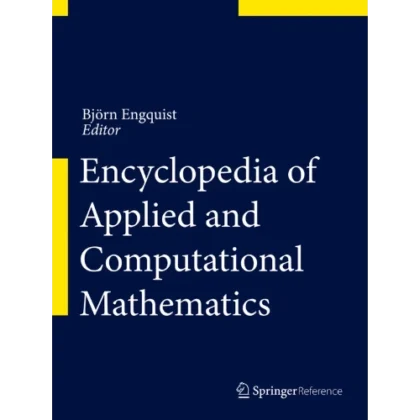
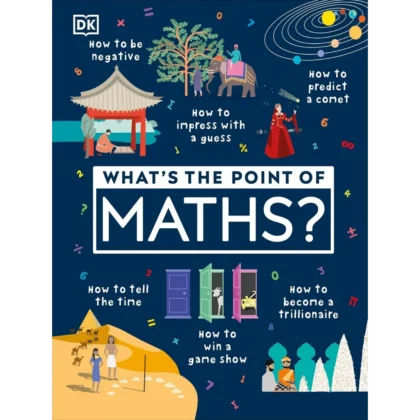
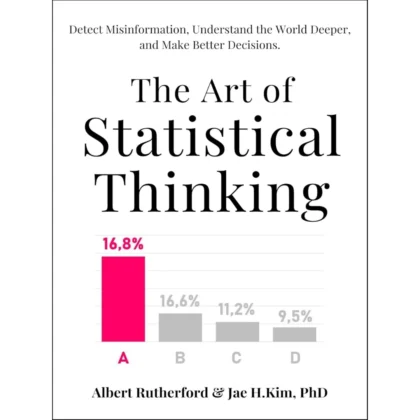
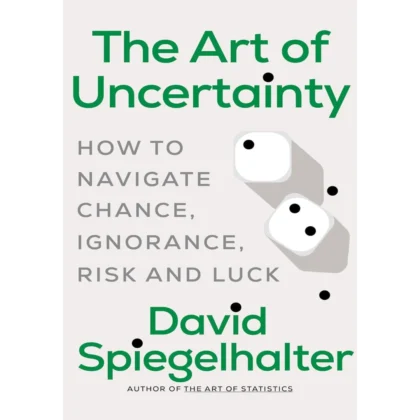
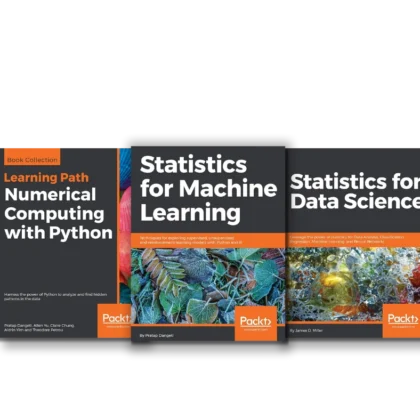

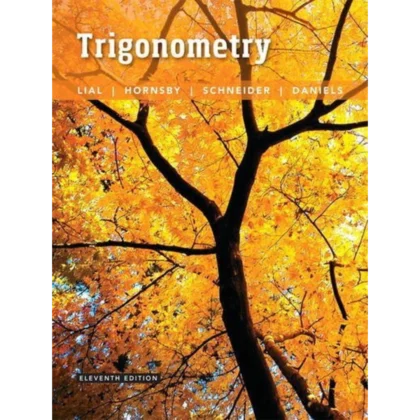


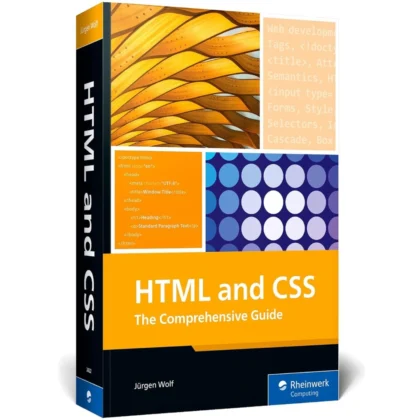
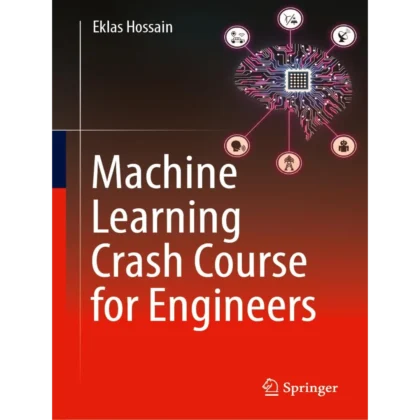


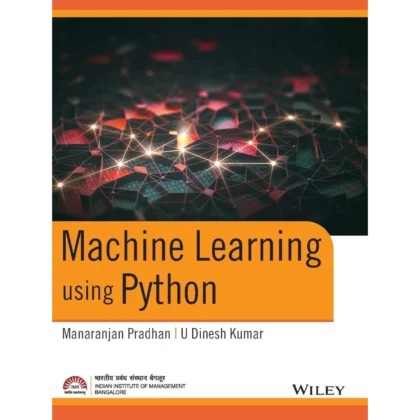
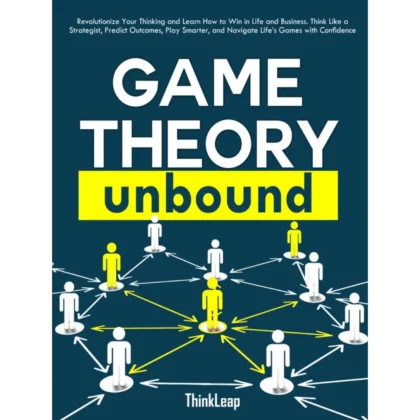
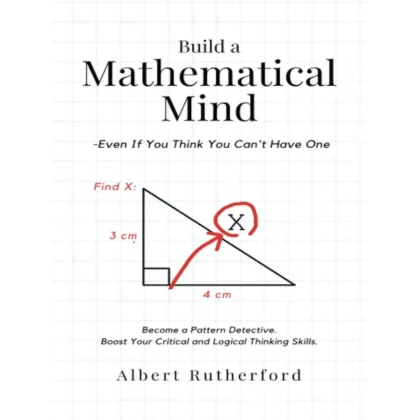
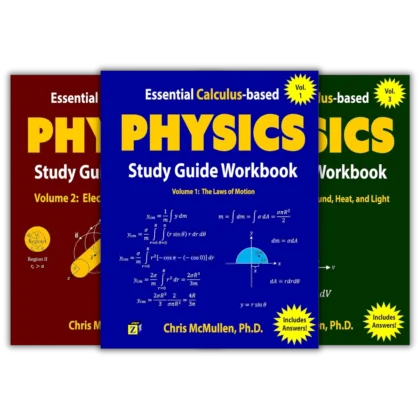
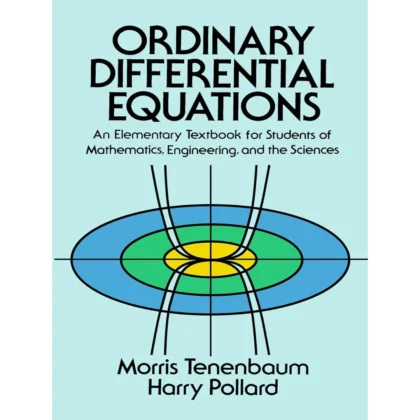
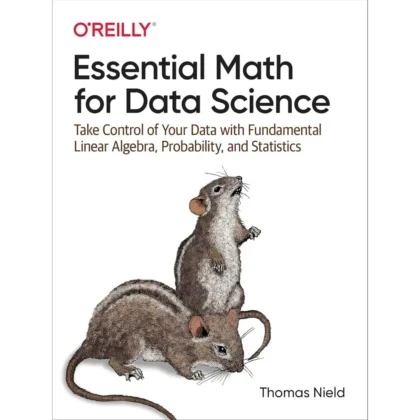

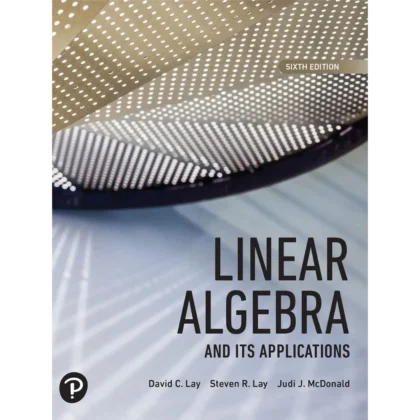
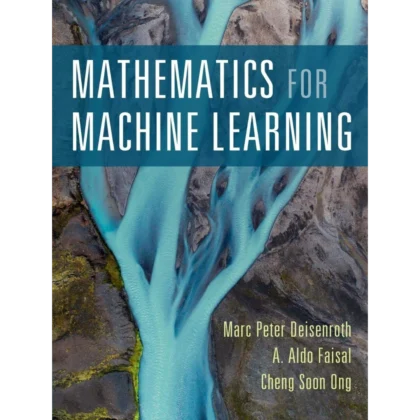
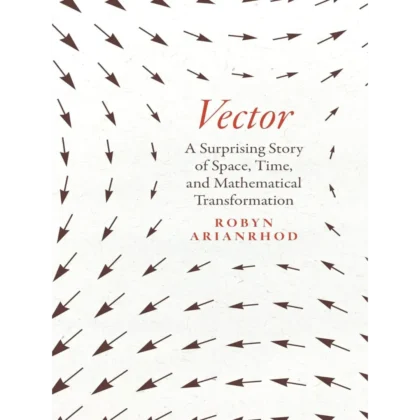
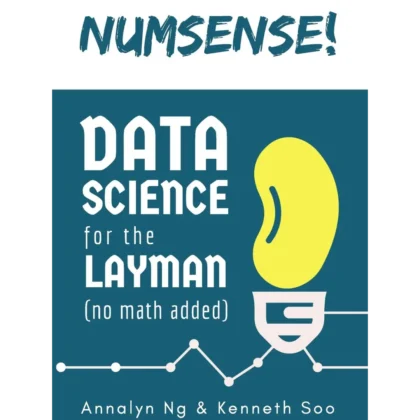
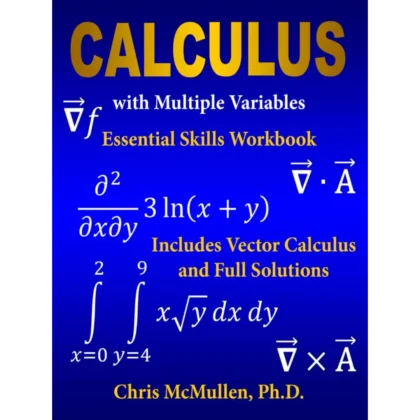
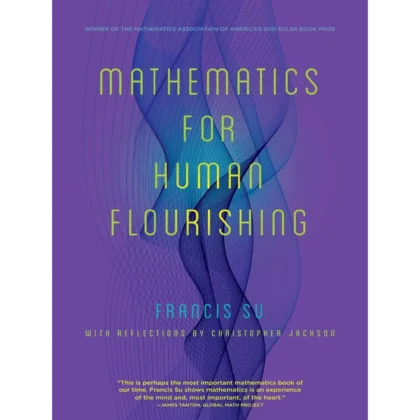
deb Ewing –
Book has been written like a text book.
Loved the detail information.
Geoff Burdge –
Prof. Weinberg is a remarkable physicist and an excellent writer. The book is thorough and succinct. Although this book is directed at the upper level undergraduate in physics, I believe the approach is more appropriate for a physics or engineering graduate-level course. The material demands full attention; the book is not for the causal reader.
Deep Reader –
From The world’s greatest physicist, a wonderful basic textbook. We mourn his passing.
USA Martial Artist –
A good review text for graduate school students. A good supplement to a first graduate school level course in quantum mechanics.
Pedro de Andres Cairós –
Este libro es una joya para cualquiera interesado en la fisica y en la ciencia en general. Comenzando por los principios mas basicos y simples termina con los conceptos mas avanzados, cubriendo un material que resume el curriculum de una licenciatura en fisicas. Todo ello con gran rigor y claridad. Muy interesante el peso especifico que asigna a nociones clasicas, que en otros textos se obvian a favor de conceptos mas modernos, pero que ayudan enormemente a entender como han evolucionado hasta la descripcion estandard moderna.
math_guy51 –
As has always been the case Steven Weinberg’s latest physics textbook Modern Physics Foundations is yet one more jewel that he has bequeathed to humanity and for which he will be forever remembered.
The book is immaculately organized and skillfully, clearly, and succinctly provides tremendous insights into the processes by which many celebrated physicists identified and derived major breakthroughs in Modern Physics.
The major topics in the book include Atomic Structure Theory, Basic Thermodynamics, Special Relativity, Quantum Mechanics, Nuclear Physics, and Quantum Field Theory.
I particularly appreciate his book as an ideal text to review and relearn Modern Physics Foundations from the top theoretical physicist of our time.
Professor Weinberg’s will be sadly missed by the scientific community.
JANMAJAY K ALEXANDER –
How can someone write a review of Weinberg’s book! His entire creation is a must-read for all physics enthusiast.
John L. Daschbach –
An impressive tour through modern Physics in a concise presentation. It is, as the title states, foundations, and so treatment of Quantum Field theory is a bit thin. My guess is over the next few decades this will be a book every grad-student in hard-science fields has a copy of.
Michael R –
It’s not a text so much as a condensed reference to the thinking behind and derivations of the most important information and equations in physics. But if you need it, you’ll find it here. Should have put a copy of this book on Voyager, except it hadn’t been written yet.
And pair this with Richard Feynman’s Lectures on Physics for a real entertaining introduction to modern physics…
Maxwell T. Sandford –
I would recommend this book as an introduction for graduating seniors with proficiency in calculus and for under graduates heading to a physics or astrophysics graduate education. This book will serve well as reference material for the suite of a graduate physics education. For high school graduates, it can serve them well as a preview of what they will face in higher level courses..
Gary –
It should come as little surprise that Steven Weinberg has written another winning exposition, suffused as it is with his many years worth of wisdom and insight (acquired through teaching and research). As I have alluded to in other reviews, my first encounter with Weinberg occurred 1977, his ‘The First Three Minutes’ especially its mathematical supplement. My second encounter, with study of his General Relativity and Cosmology (allowing time for me to hone prerequisites). That book was, and remains, a revelation to me. Then came his Quantum Theory of Fields (1995), and suddenly that topic made sense (the “why is it that way” kind of sense). As the years have progressed, I have made a deliberate attempt to study as much of Weinberg as I could, which brings me to his final text: Foundations of Modern Physics (the hardcover is sturdy, attractively and well-produced):
(1) Not one to shy from historical ruminations, Weinberg provides some background to whet the appetite. Along the way, keep your eyes open for Enrico Fermi and Willard Gibbs (Gibbs, in regards to the proof and generalization of H-Theorem (page 35) and Fermi, in reference to alpha-decay (page 235). If historically more motivated, read Weinberg’s book: To Explain The World, especially his technical notes.
(2) Mathematics is used to great efficacy and in interesting manner (symmetry, dimensional analysis (page 60), power series expansion (page 49), inequalities (page 36). Calculus, in Weinberg’s hands, becomes a sight to behold (I get the impression he truly enjoys using Calculus).
(3) Sometimes, an opinion makes its way into the prose: “The Majorana alternative seems to me a more economical and plausible view.” (page 250, regards neutrinos). Read: “It is the introduction of the concept of probability into physics that creates an asymmetry between past and future.” (page 37).
(4) Note: Max Born gets his due (equating one quantum postulate to another–see page 143, and top of page 145, also page 179) and through Born’s exposition Atomic Physics (I add: many prerequisites can be located there). Weinberg refers to Born’s appendix 33 (footnote, page 66). Enrico Fermi’s “masterpiece of scientific exposition,” Thermodynamics, is also referenced (page 24).
(5) I highlight the exceptional chapter on Relativity. Read: “It is a general rule that if the time-component of a four-vector vanishes in all coordinate systems, then the whole four-vector vanishes.” (page 112) and “General Relativity is a theory of the gravitational field, a quantity that keeps track of departures from inertial frames.” (page 102). Minkowski diagrams are absent (Mermin is good at describing those–see, Space and Time in Special Relativity).
(6) I highlight a section regards rotations (Read: “we would not want the rotation to change the total probability,” pages 152-154). I highlight sections on charged particles in electromagnetic fields and gauge transformations (pages 195-198, and gauge invariance will recur). Brief, yet illuminating. You eventually arrive at Feynman diagrams (page 268), but in true Weinberg fashion, figures, diagrams, or pictures as pedagogic ploy, are scarce.
(7) We are reminded: “the wave-function is not a field–it is a representation of a physical state.” (page 251). We are reminded: “the spin operator has nothing to do with positions and momenta.” (page 154). Words of wisdom abound. There is a separate index for names and subjects. There are footnotes and a bibliography (take note: Landau and Lifshitz, Fluid Mechanics). 28 interesting problems for involvement concludes the book (#17: “suppose the electron has spin 3/2 instead of 1/2….what would you expect…”).
(8) In conclusion: My opinion is to utilize a combination of Weinberg’s ‘Foundations’ in conjunction with his ‘Lectures on Quantum Mechanics’ and as prelude to his opus of Quantum Theory of Fields. By all means, study his ‘Gravitation and Cosmology’ updated with his tomes on ‘Cosmology’ and the terse, but illuminating: ‘Lectures on Astrophysics’. Good texts do not have to be voluminous, as Weinberg shows us.
A O –
The work is the ‘Tour de Physic’ by Weinberg. An excellent introduction into modern (theoretical) physics, formatted in Weinberg-fashion. This book is proof of his insightful legacy, and gladly he wrote it. Any serious physicist or apprentice should train with it. Note that Weinberg is theorist, not painter. The work does explain principles in the language of mathematics.
The hardback quality is excellent.
Kyeo-Reh, Park –
While “Foundations of Modern Physics” doesn’t present groundbreaking new research or directly instruct aspiring physicists, it offers valuable insights into Steven Weinberg’s perspective on the field. It’s a worthwhile read for those interested in exploring a renowned physicist’s views on the foundations and evolution of modern physics.
Robert S. –
As a professional physicist and engineer, one increasing specializes as one gets older, meaning that many topics are not used or revisited for years. This book is a great way to review the important concepts and get up to date, at least at the overview level.